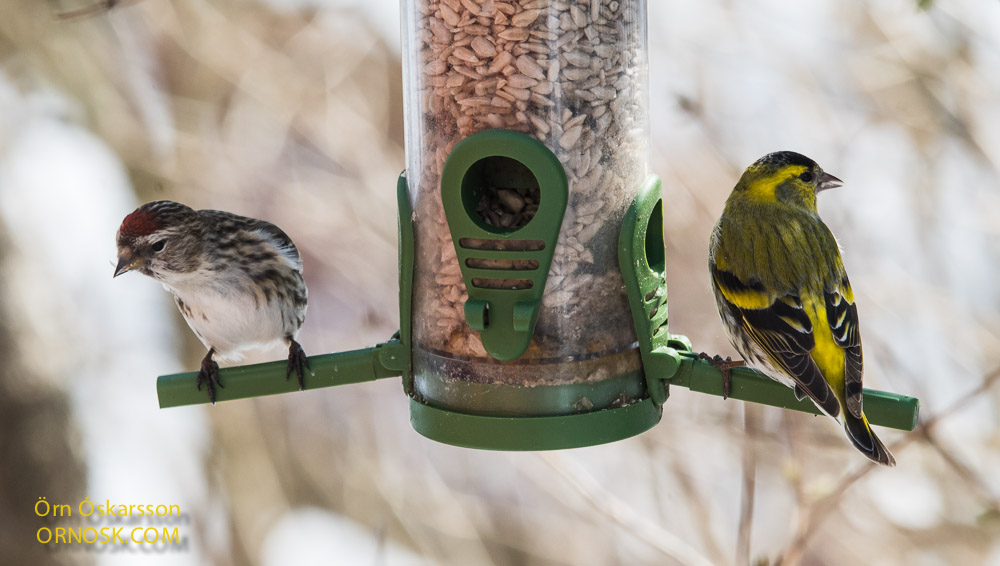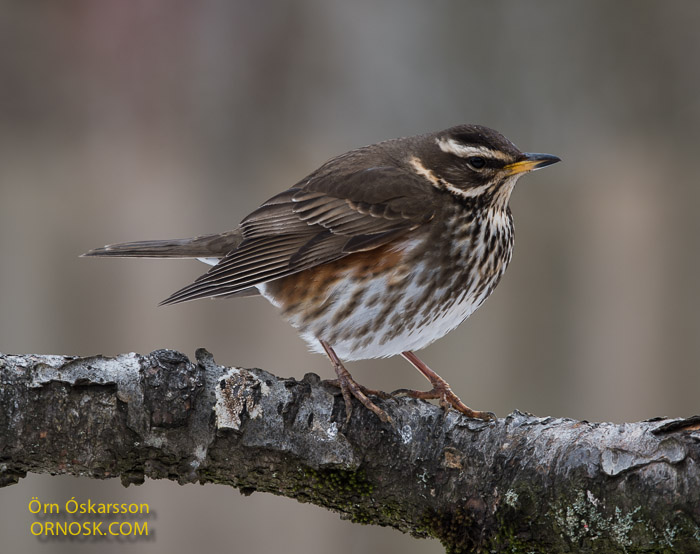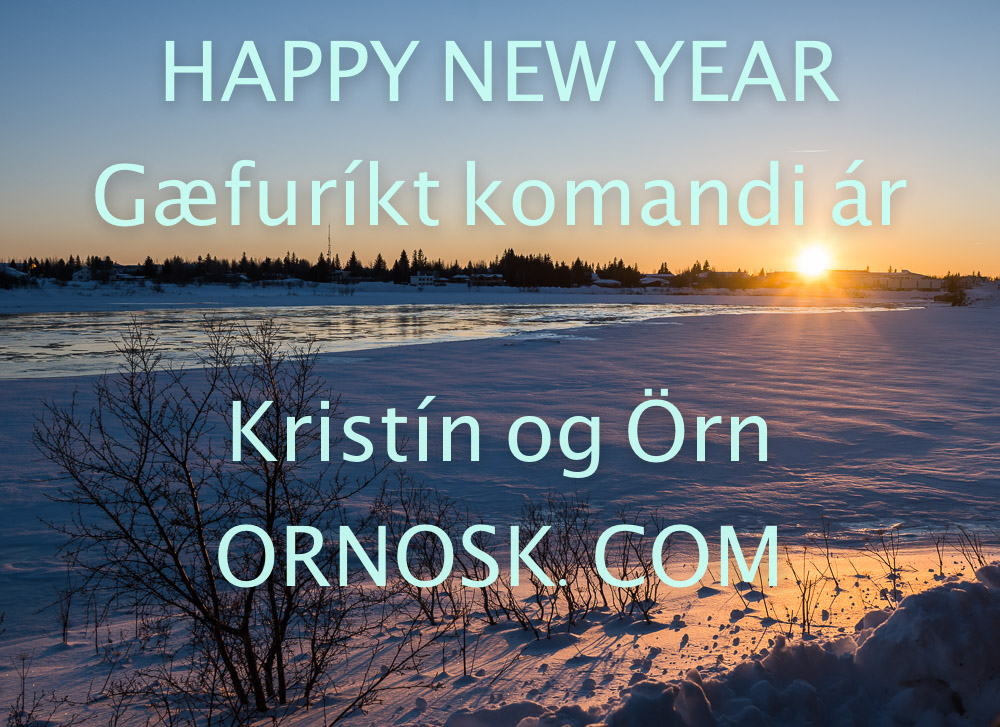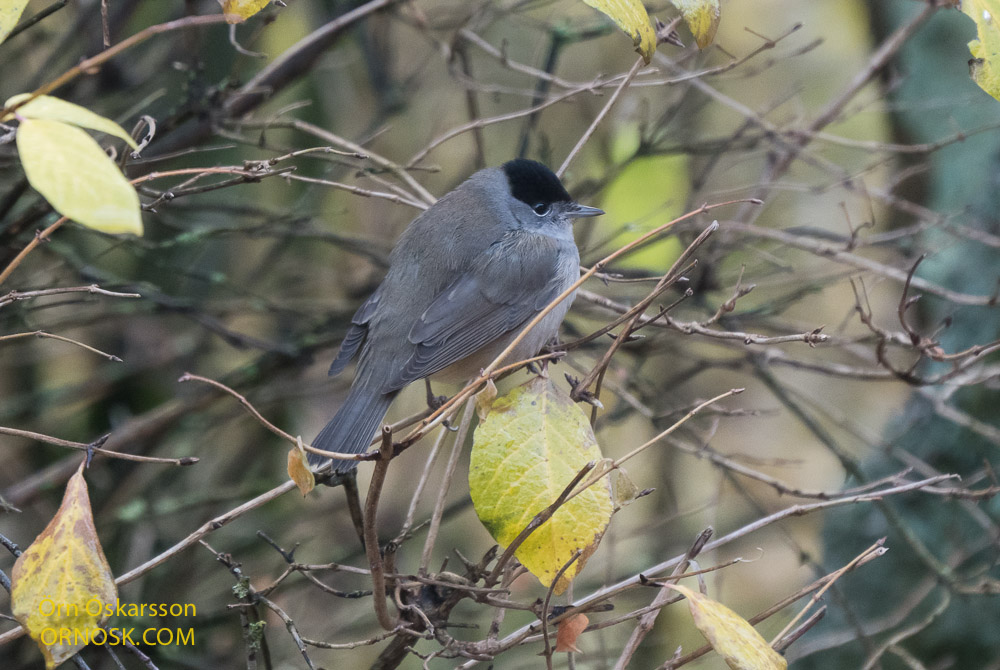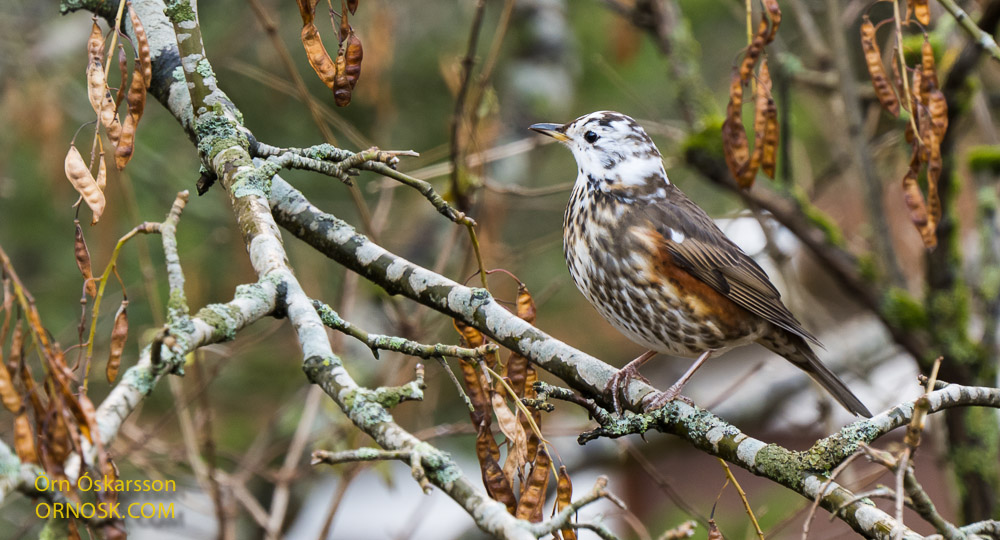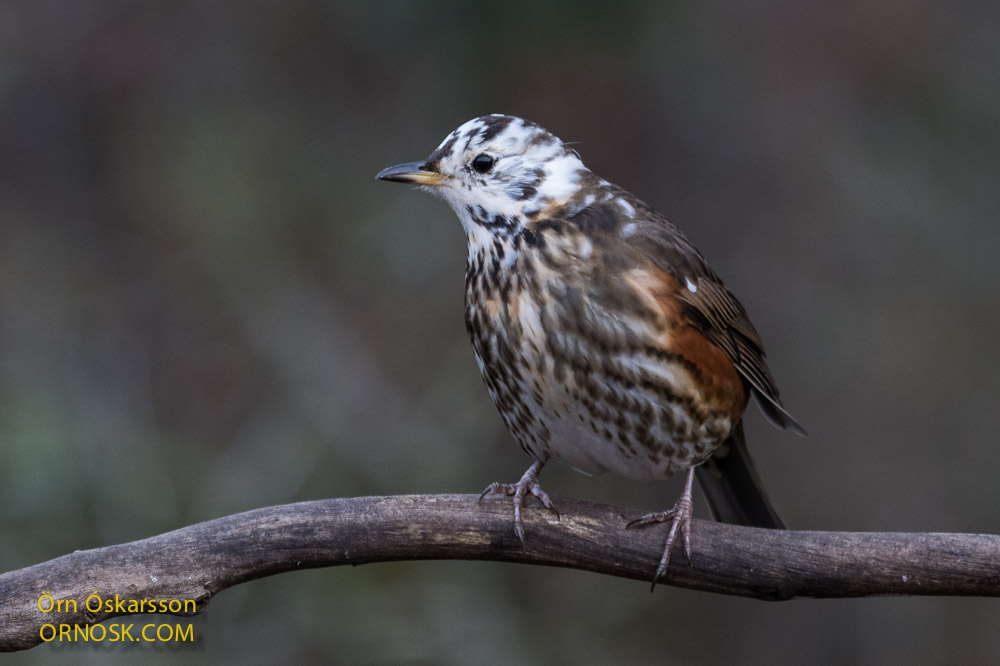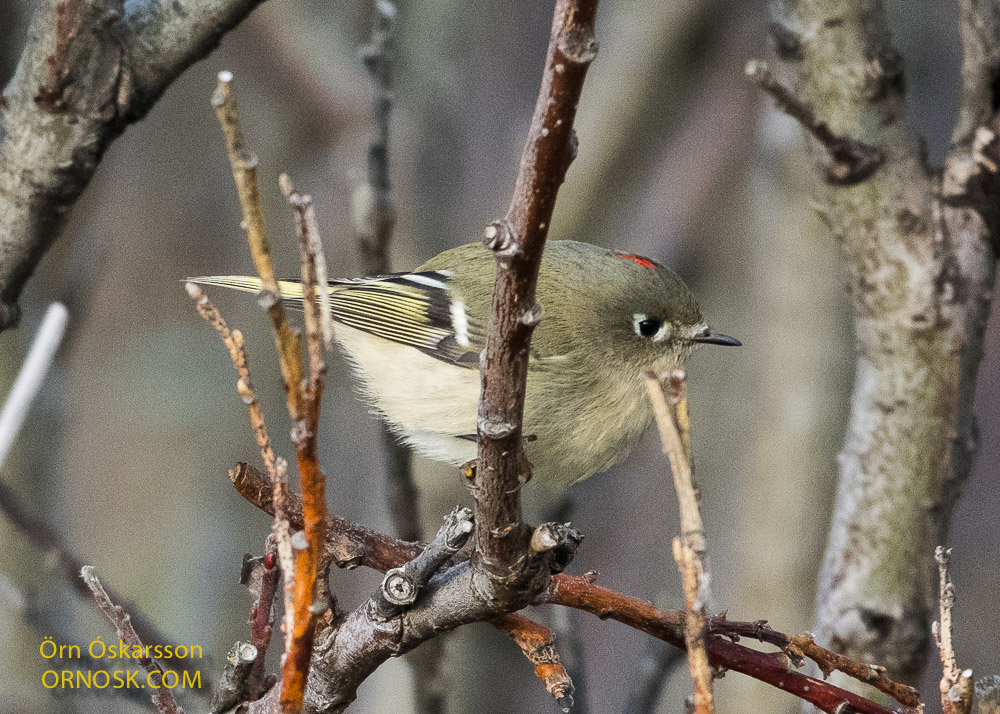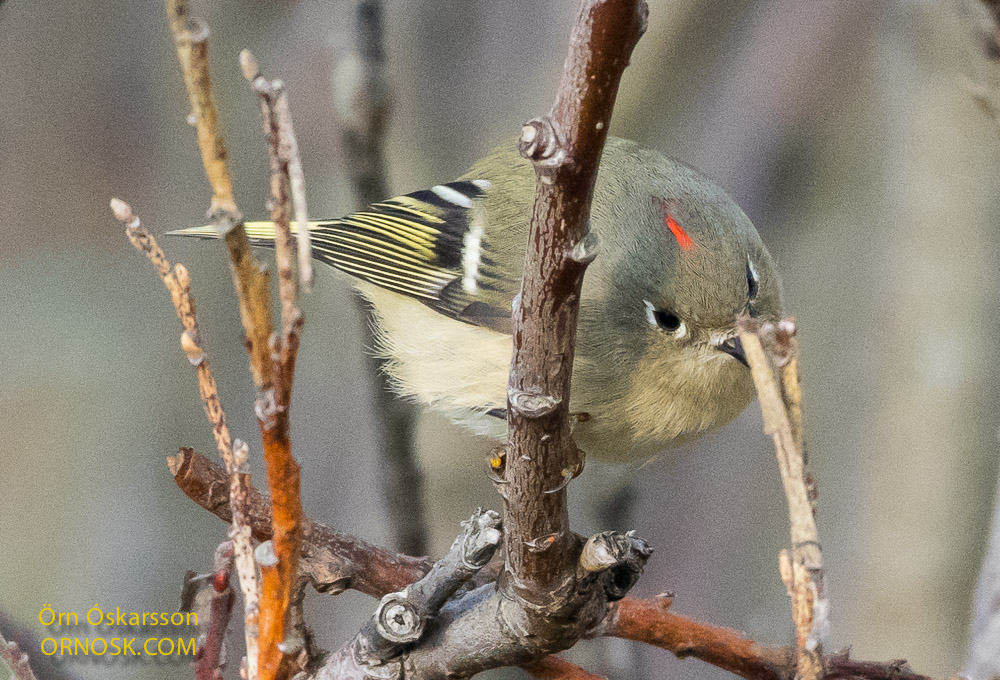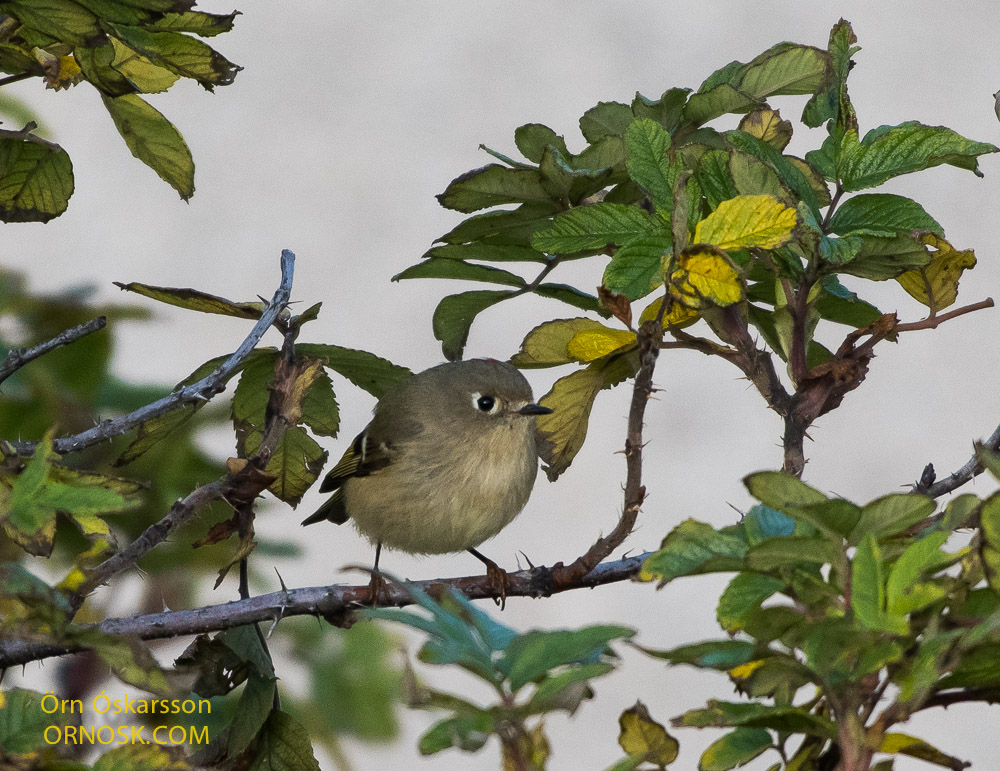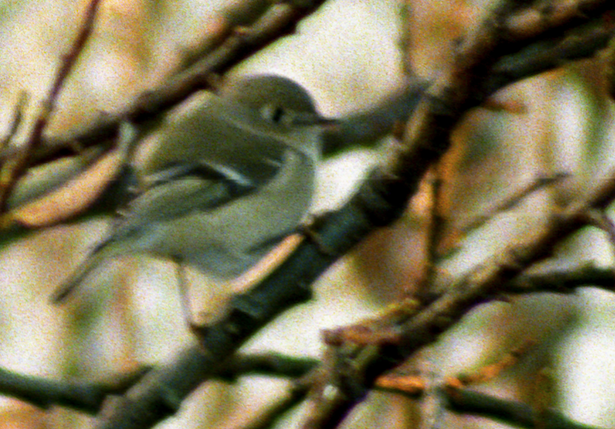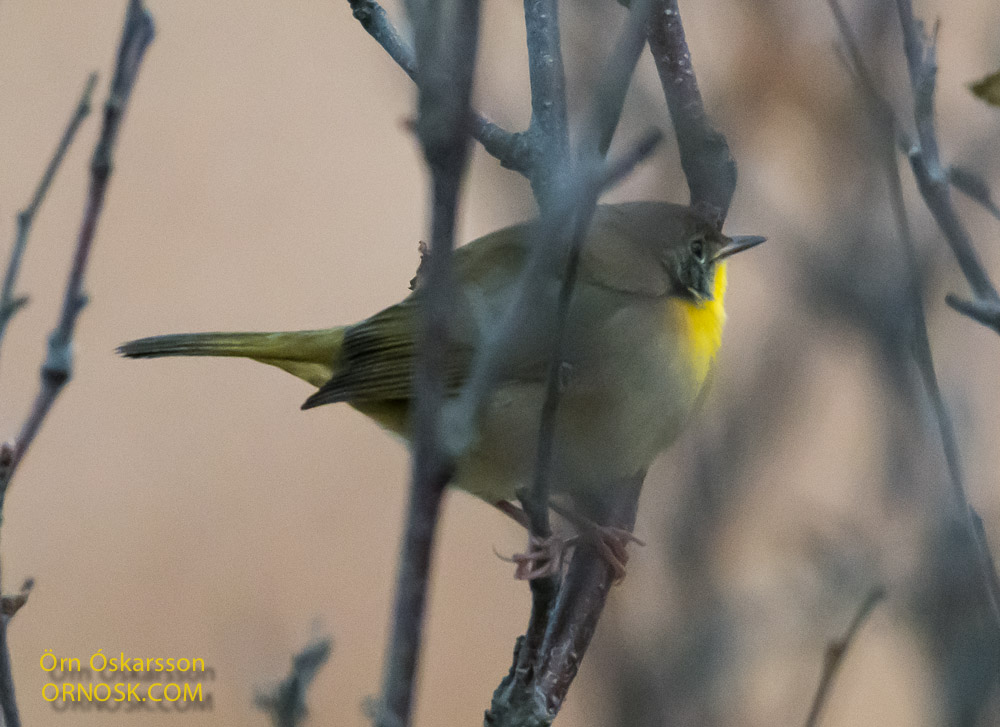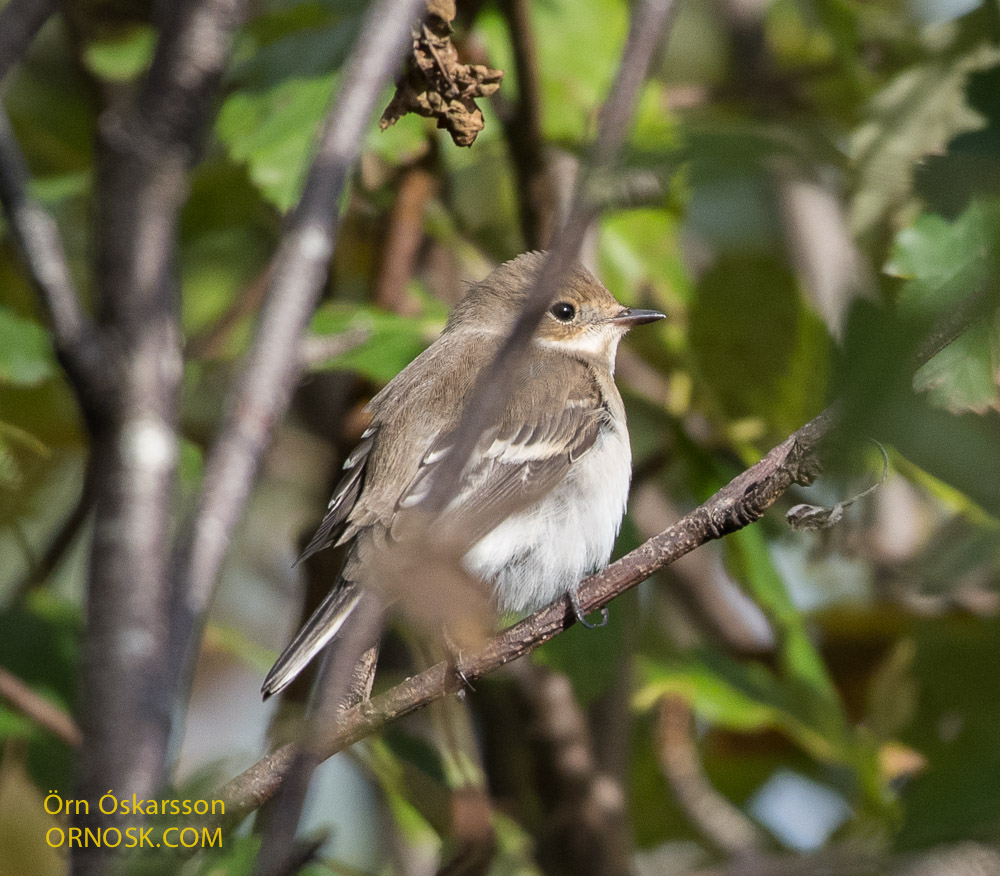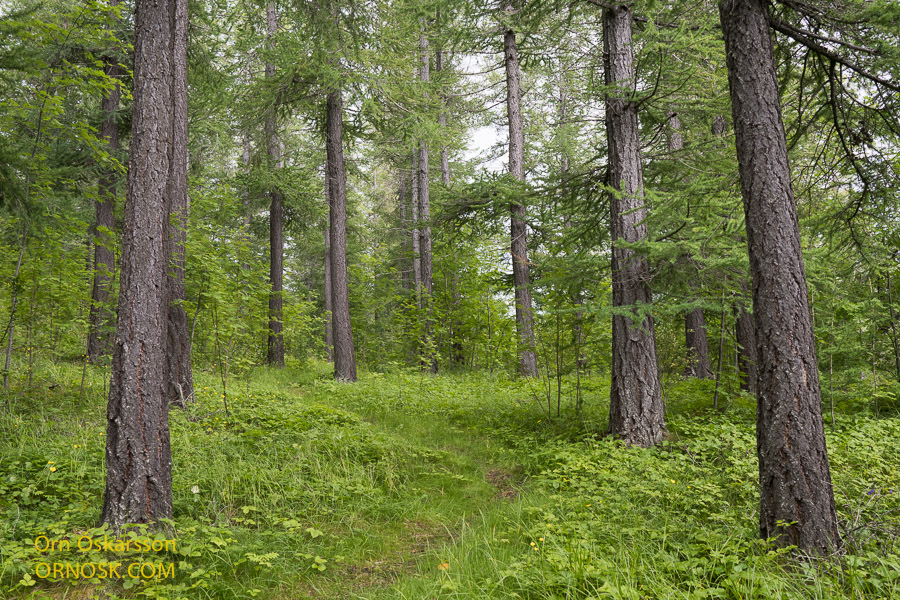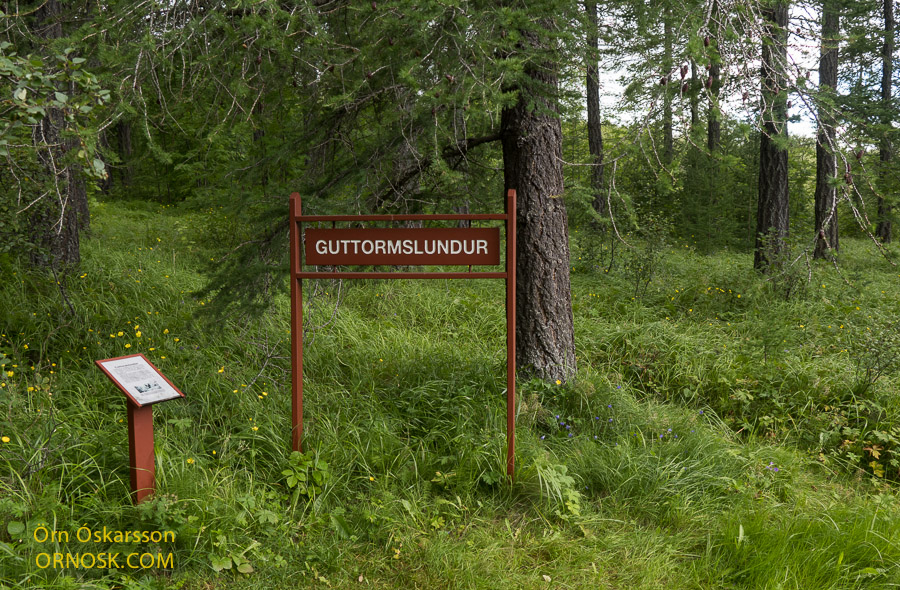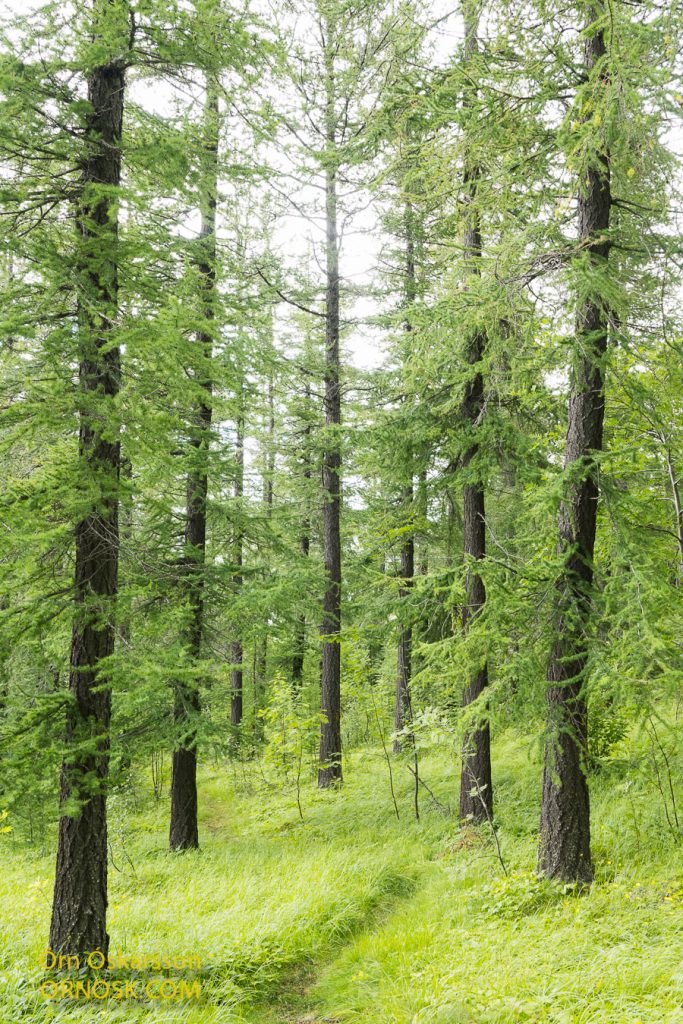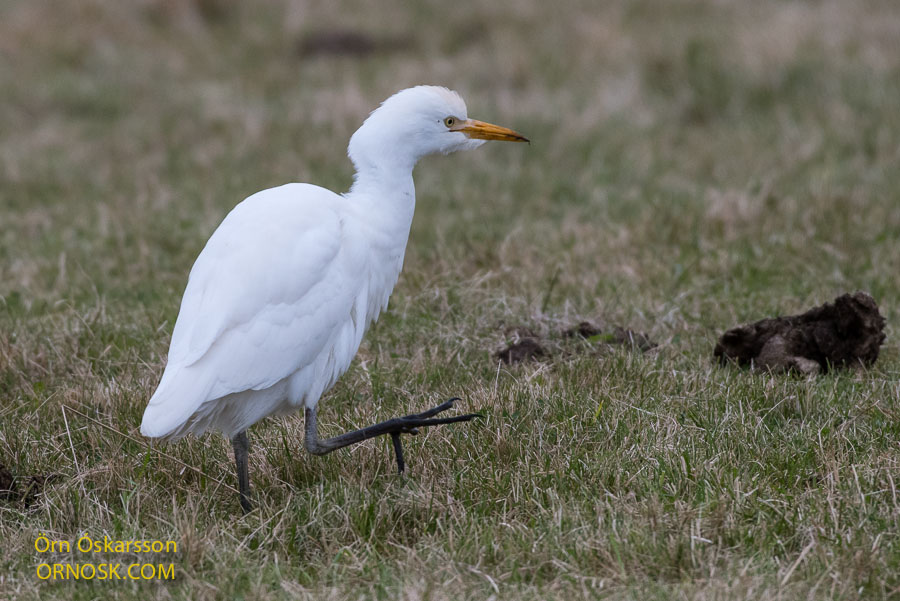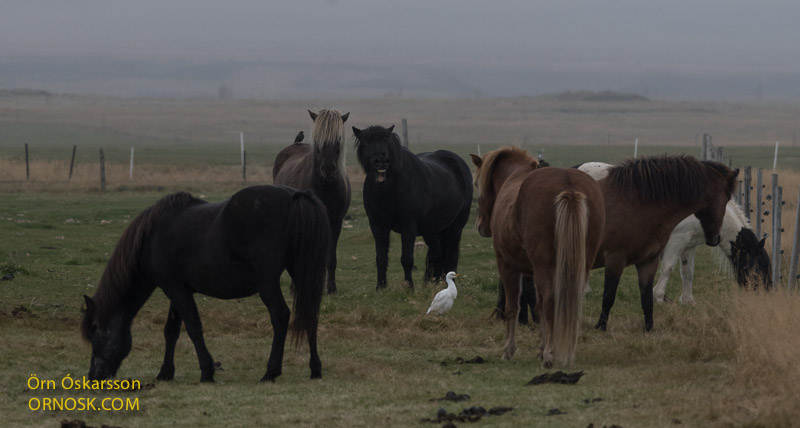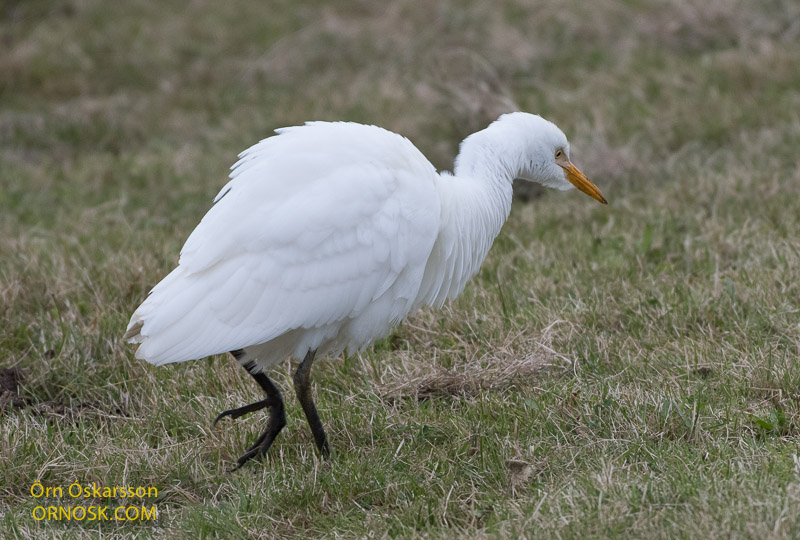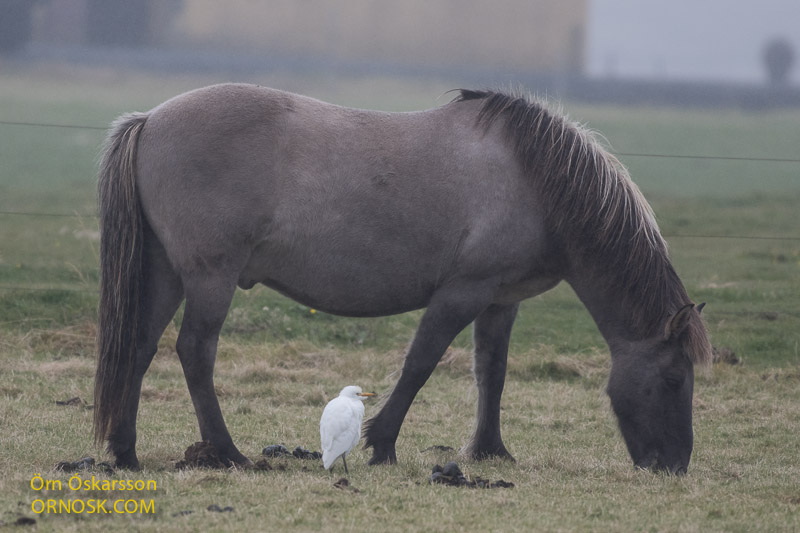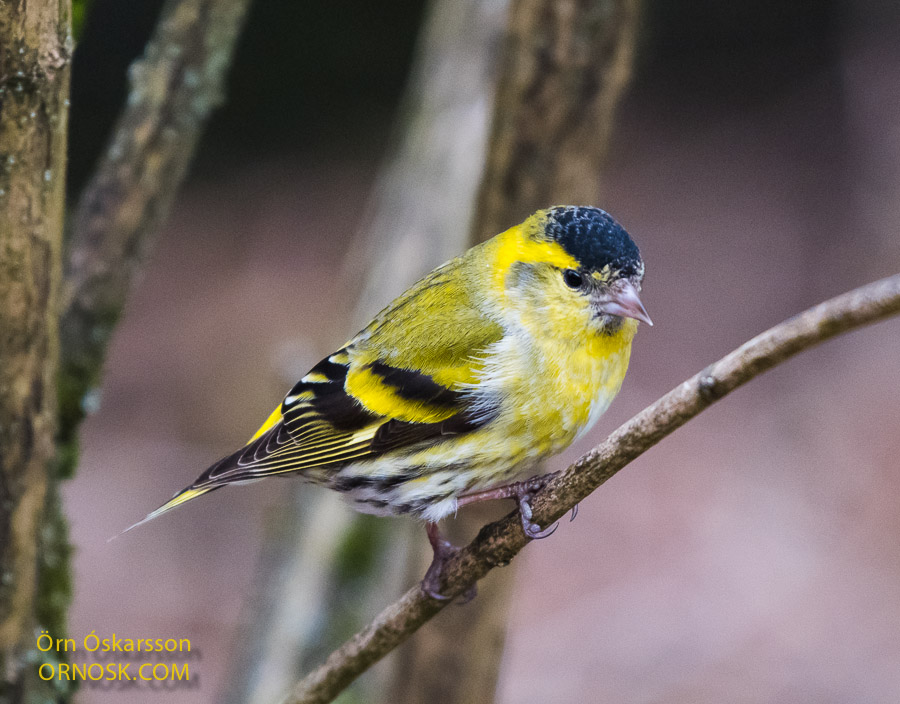
Siskins have been spotted all over the country this spring. This bird does not go unnoticed in its bright yellow plummage. A beautiful male has been in our garden for a few days now mingling with the Redpolls and eating sunflower seeds.
The Siskin is a common bird in European forests and a frequent vagrant in Iceland in spring and autumn. In recent years they have also started breeding in South Iceland but information is limited. We hope that this male will survive the cold spell and go on to find a mate to breed with here in Iceland. The Siskin is a nice addition to the scarce birdlife in the fast growing Icelandic forests.

